|
Percival Vega Gull
and Proctor I
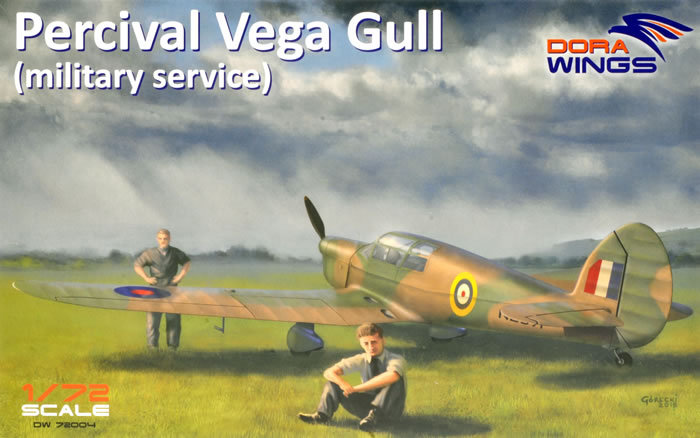
Dora Wings, 1/72 scale
S u m m a r y : |
Catalogue Number: |
Dora Wings Kit Nos.:
DW 72002 - Vega Gull in Civil Service
DW 72003 - Percival Proctor I in Czechoslovak Service, and
DW 72004 - Vega Gull in Military Service |
Scale: |
1/72 |
Contents & Media |
Grey and clear plastic parts; photo-etched fret; self-adhesive die-cut canopy masks and decals. See details below for specific contents of each kit.. |
Price: |
Kit No. DW 72004 - Vega Gull in Military Service:
£14.99 EU Price (£12.49 Export Price) plus shipping available online from Hannants
Others TBA - will also be available online from Hannants
and worldwide distributors listed on AMG's website
Click here for currency conversion |
Review Type: |
First Look. |
Advantages: |
At last, a kit of a popular classic British light plane, well moulded, great decal choices and a endless possibilities. The parts have lovely fine surfaces that match those of a wooden aircraft - no dark panel line highlights here please! |
Disadvantages: |
Sink-holes near fuselage pins will need filing, cockpit layouts are only for the civil versions and no colours are stated or paint manufacturers noted. The main issues are with the instructions that show signs of being generic rather than specific to each version. I also believe that a modeller has not actually built a model to them to ensure that they work. Points to watch are the interior seat choice and arrangements, the correct use of angled or rounded windscreens, and take particular care with the undercarriage. I do hope Dora Wings check their instructions in future as they detract from an otherwise delightful kit, but don’t let them stop you buying a heap of these kits. |
Conclusion: |
This is a long wished for range of kits that will provide the modeller of classic British aircraft with endless possibilities. Very nicely presented, well moulded, and with good decal choices. However care in interpreting the instructions will be required and interior layouts will need to be sorted out by the modeller if that is important to you. My criticisms seem long but the plastic is terrific and a bit of care reading and checking the instructions and parts will result in a lovely little model - I certainly commend the kit and hope Dora Wings continues to meet the needs of lovers of classic aircraft - bring on some Miles products and don’t forget early WACOs and Cessnas, PLEASE!! And don’t throw your FROG/Novo kits out as that one represents the later, larger Proctor 4 and 5 version. Beside the Vega Gull this Dora Wings kit can be used to build all the early Proctors, Marks I, II and III.. |
Reviewed by Graham Carter

Special Hobby’s Mirage F.1B/BE is available online from Squadron.com
Percival was a smallish British manufacturer of light planes through the late 1920s and 30s, famous then as the manufacturer of a sporty series of 2-3 seater aircraft called Gulls, including the Mew Gull, Gulls Four and Six and Vega Gull.
The latter was ordered in small numbers by various military forces in Europe in the late 1930s as a communication and training aircraft and in the UK it was progressively improved to become the Proctor series.
Around 90 Vega Gulls were built, but over 880 Proctor I, II and III versions based on the basic Vega Gull wing and fuselage were manufactured by the home company and other producers. These were later followed by the larger Proctor 4 and 5, with deeper and longer fuselage, of which over 400 were produced. Many of these served in air forces around the world.
The company’s better-known contributions to the aviation world came after WWII with their development of the piston-engined Provost and later, joining with Hunting Aviation, the Jet Provost and Strikemaster.
(sourced from Air Britain’s book “On the Wings of a Gull” by David Gearing, shown here)

The Three Kits
Modellers have long been wishing for a kit of the elegant Gull series and now Dora Wings have produced a plethora of them for our delectation. Produced in three variations so far, and designed with the assistance of John Adams of Aeroclub fame, we now have kits of the Vega Gull in both civil and military markings and a Proctor I as well. The parts suggest further versions will appear in due course. They are petite and well-moulded kits in softish pale grey plastic and very accurate in shape and outline. I originally had reservations about the fuselage length when compared to plans in the Gearing book ( as shown below) but discussions on Britmodeller’s RumourMonger forum (under the heading Percival Proctor Mk I) seem to have that sorted out.

Each kit comes in a top-opening box with a strong tray but flimsy lid, with a nice illustration on top - the civil one is particularly attractive.
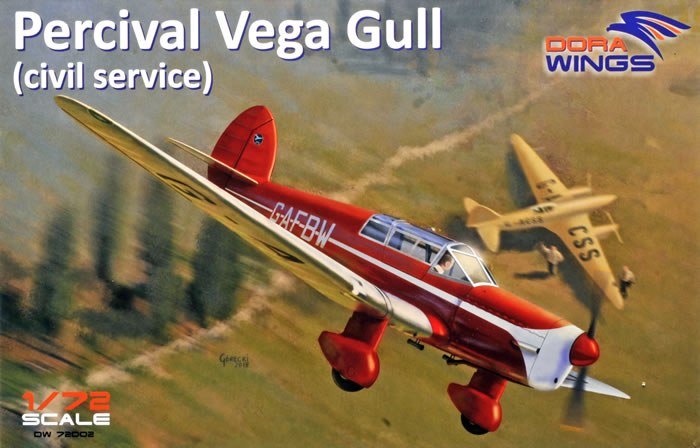
An identical set of sprues is provided for each kit so you get double of some parts such as the rudders, seats, nose cones and undercarriage. Also provided are a set of canopy masks, a small PE sheet and a variety of decal schemes . All surfaces have very fine panels that befit a wooden aeroplane - well done Dora Wings! Two propellers are provided, part 57 is only used for one of the civil Vega Gulls (without a spinner).
Starting with the fuselage which comes in three parts , two sides with a seperate lower section. The large cockpit cutout is to allow for the canopy transparency to reproduce the differing window sizes - quite good idea I reckon. Before adding the lower surface you can slot in the interior and here a number of delicate PE parts embellish the cockpit.
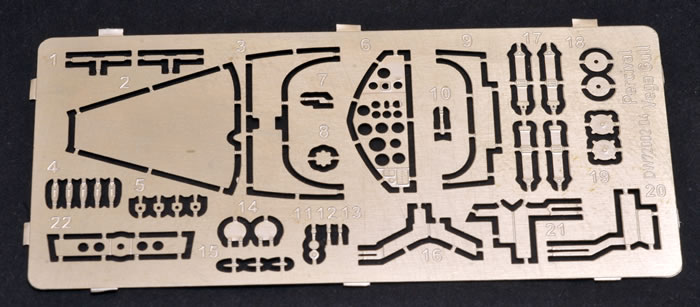
Here also we face a couple of issues. The seats for the civil version are a bit over-simplified and the military version does not match any of the trainer layouts I have seen. You will need to rearrange the seats if you want to accurately produce a radio trainer. No reference to the different seat types is made in the instructions. Weirdly, the PE set includes a radio shelf (part 9) that goes at the rear of the cockpit, and it is provided as a plastic part (39) but no mention of these are made in the instructions and part 39 is hidden behind the seats in the Proctor I. No radio appears to be provided. Study of the Dora Wings web-site show a correct radio trainer layout in their CAD plans for the planned 1/48 kit and reference to that will help modellers reproduce this area in this model. Seat belts are provided only for the front. Some detail colours are noted but no colours are given for the interiors.
One small problem is that Dora Wings have provide location pins for the main components - a good step - but their use of lower pressure injectors has meant that there are sink-holes aligned with each pin and hole in the fuselage and these will need to be filled. Also the holes for the pins are just not big enough and will either have to be reamed out a bit or, as I did, cut off the pins and sand the fuselage halves square to allow better mating of parts. This applies to the wings as well. The exhausts vary between variants and these are provided as different under-nose panels and parts .
Once done then the canopy transparencies are added and here each kit contains different sets as the windows and screens differ according to whether it is a Vega Gull or a Proctor.

However, the instructions incorrectly show the curved military windscreen in step 16 and again in Step 21 for both of the Vega Gulls, although step 15 shows the correct multi-panel version. So beware!! This is odd as each kit only contains the relevant set of transparent parts! The curved screen is correctly provided, and shown in the instructions of the Proctor I. Each set will need careful masking inside and out before adding to the fuselage - and don’t forget to work out some way of removing the interior masks after painting. The masks are only for the exterior of each kit so you will need to do the interior yourself.

The nose part offers the smooth intake for the Vega Gull and the cowled intake for the Proctor, so don’t mix them up.
Wings and tail are then added and these are nicely moulded and accurate. All moving control surfaces are seperate to allow a bit of interest to be added, although every photo I have seen shows horizontal surfaces to be left neutral and only the rudder turned in some photos. The Proctor has the correct rudder with a light in place, this being not fitted to the civil ones and is provided as such. The adventurous modeller may wish to try folding the wings!
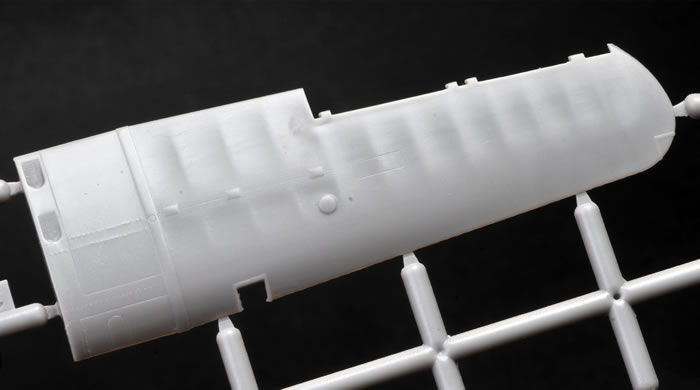
The undercarriage for the Proctor I is provided without spats which is a bit unusual as I have only seen couple of photos, mostly wrecked ones, with the spats off. Understandably these could have been removed in service on muddy strips, but photos are rare. The instructions tell you how the legs are built up only at the very first panel and the joint here is tenuous at best so take real care!! I would reinforce the joint with a thin layer of CA. Full spats are also provided but not shown in the instructions.
For the Vega Gulls the spats do not seem to match the plans ( as shown here) and the only clues is in the first panel of the instructions.
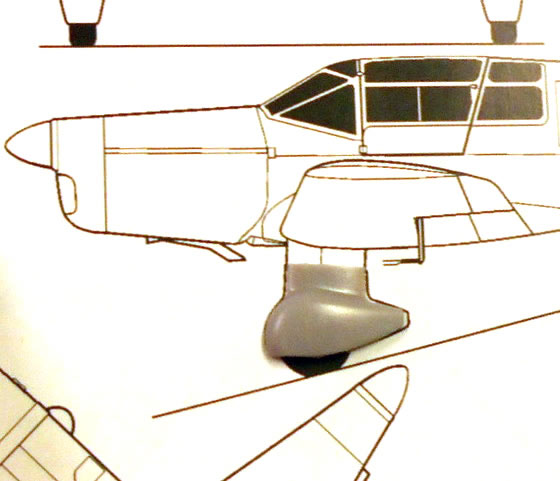
A deep search revealed parts 40 and 42 which have to be glued to the top of each spat and then these are glued to the wings. This is a pretty clumsy way of representing these parts.
Decals look to be a great choice of schemes and are densely printed although I have not tried the white parts over colour yet. Decals include some useful stencils and propeller markingsEach kit comes with nice set of colour drawings to show each decal choice, although no colour is stated - you will have to match the civil and Czech colours yourself. The civil colours can be matched to the decals. Unlike Miles aircraft, which came in stipulated colours applied at the factory, Percival did not appear to follow set colour schemes for their private aeroplanes. The versions are as follows:
Kit No. 72002 - Civil Vega Gull
All have silver horizontal flying surfaces
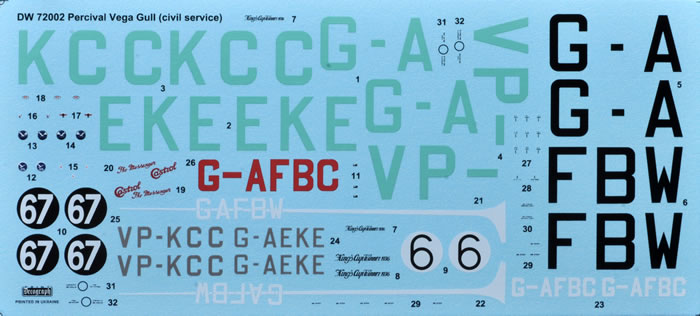
-
G-AFBW red fuselage with a white flash - Alex Henshaw’s plane in Cyprus 1938.
-
G-AFBC red fuselage and silver cowling - 1952 Kings Cup Race, flown by Joan, Lady Sherborne.
-
VP-KCC turquoise fuselage - Atlantic Flight 9/36 by Beryl Markham
-
G-AEKE turquoise fuselage, racing ‘6’ in a white circle on rudder - Winner of “Schlesinger Cup” race , Scott and Gutnre, 1936.
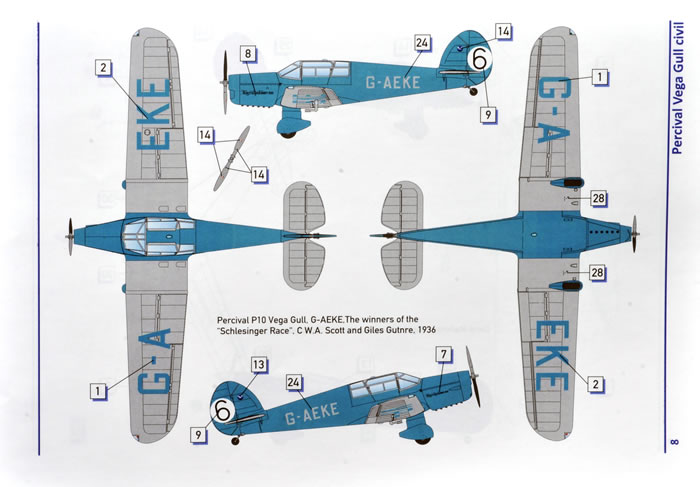
No colour detail are given for the red or turquoise but you could match them with the decal sheet.
Kit No. 72004 - Military Vega Gull
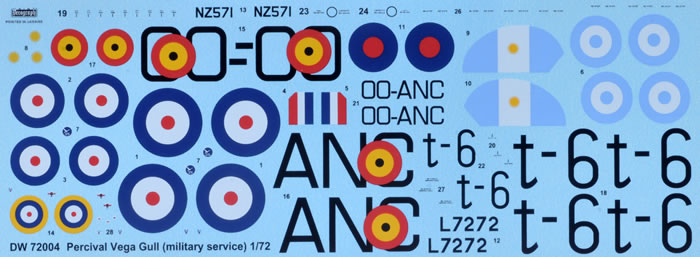
Three in overall silver dope:
-
L7272 - ex-G-AFWG served in RAF for the British Air Attache in Buenos Aires, Argentina in 1939
-
t-6 - L7272 - ex-G-AFWG, sold to Argentinian Air Force in 1946.
- OO-ANC/ C-NC requisitioned by the Belgian government during the ‘Phoney War’, 19/9/39
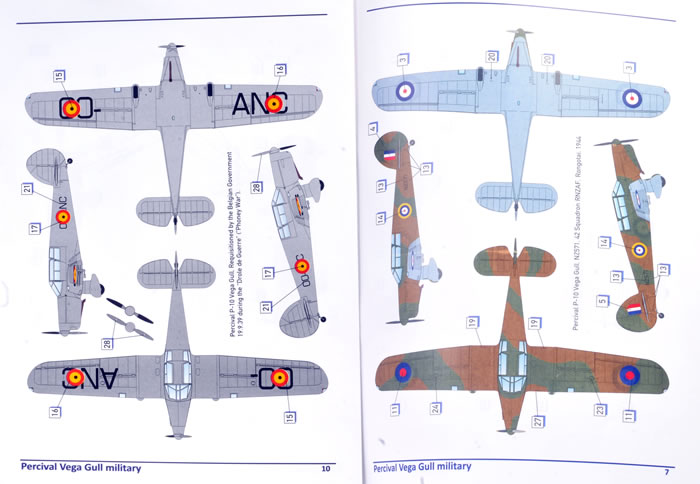
And a camouflaged RNZAF NZ571 at Rongatai in 1944 , green/brown over a pale bluey-grey ( no precise colour details are given)
Kit No. 72003 - Proctor I in Czechoslovak Service

Just two camouflaged planes:
- P6240 in DG/DE/yellow with RAF roundels, used by Czech Air Attache at Hendon in London, 1945
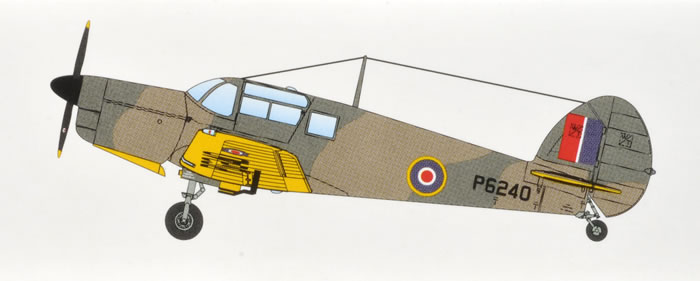
- D-21 is the same aircraft, P6240 in Czechoslovak service at Kbeli, 1946-49 dark green over pale blue - again no specific colours are given.
This is a long wished for range of kits that will provide the modeller of classic British aircraft with endless possibilities - very nicely presented, well moulded, and with good decal choices.
However care in interpreting the instructions will be required and interior layouts will need to be sorted out by the modeller if that is important to you.
My criticisms seem long but the plastic is terrific and a bit of care reading and checking the instructions and parts will result in a lovely little model - I certainly commend the kit and hope Dora Wings continues to meet the needs of lovers of classic aircraft - bring on some Miles products and don’t forget early WACOs and Cessnas, PLEASE!!
And don’t throw your FROG/Novo kits out as that one represents the later, larger Proctor 4 and 5 version.
Beside the Vega Gull this Dora Wings kit can be used to build all the early Proctors, Marks I, II and III.
Thanks to Dora Wings for the review sample.
Review Text Copyright © 2018 by Graham Carter
Model Images Copyright © 2018 by Brett Green
Page Created 22 August, 2018
Last updated
23 August, 2018
Back to HyperScale Main Page
Back to Reviews Page |
